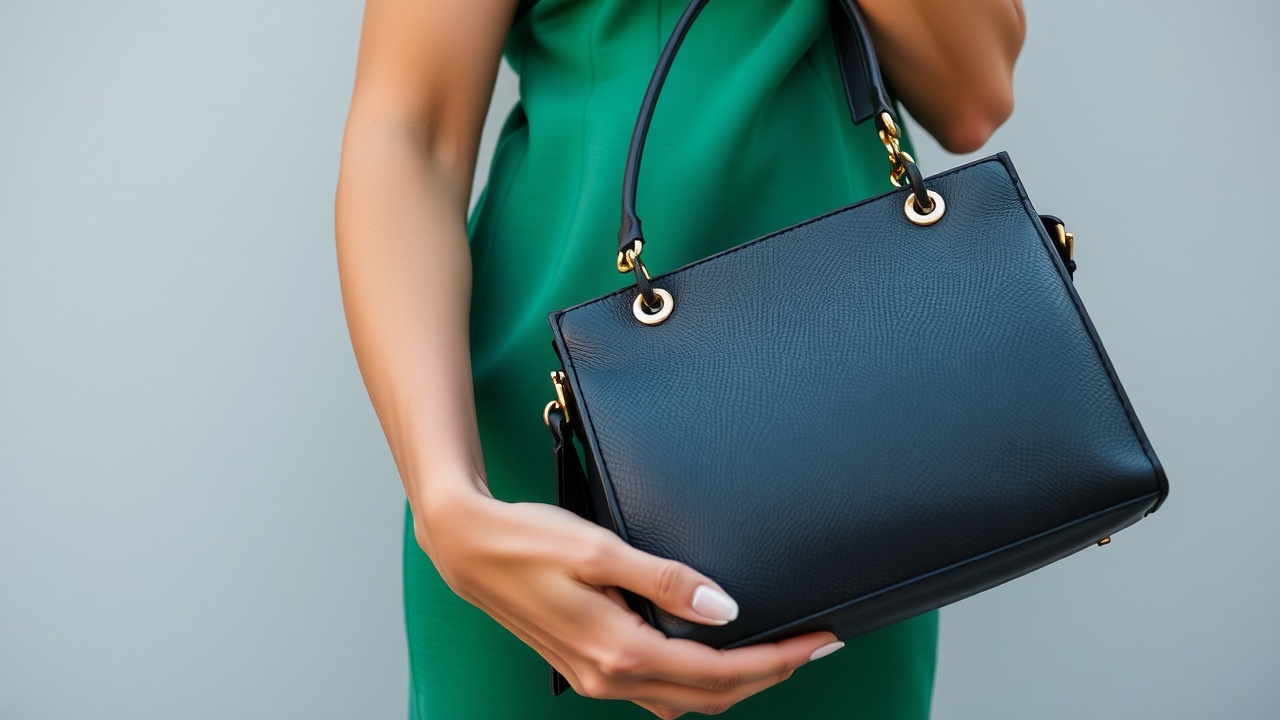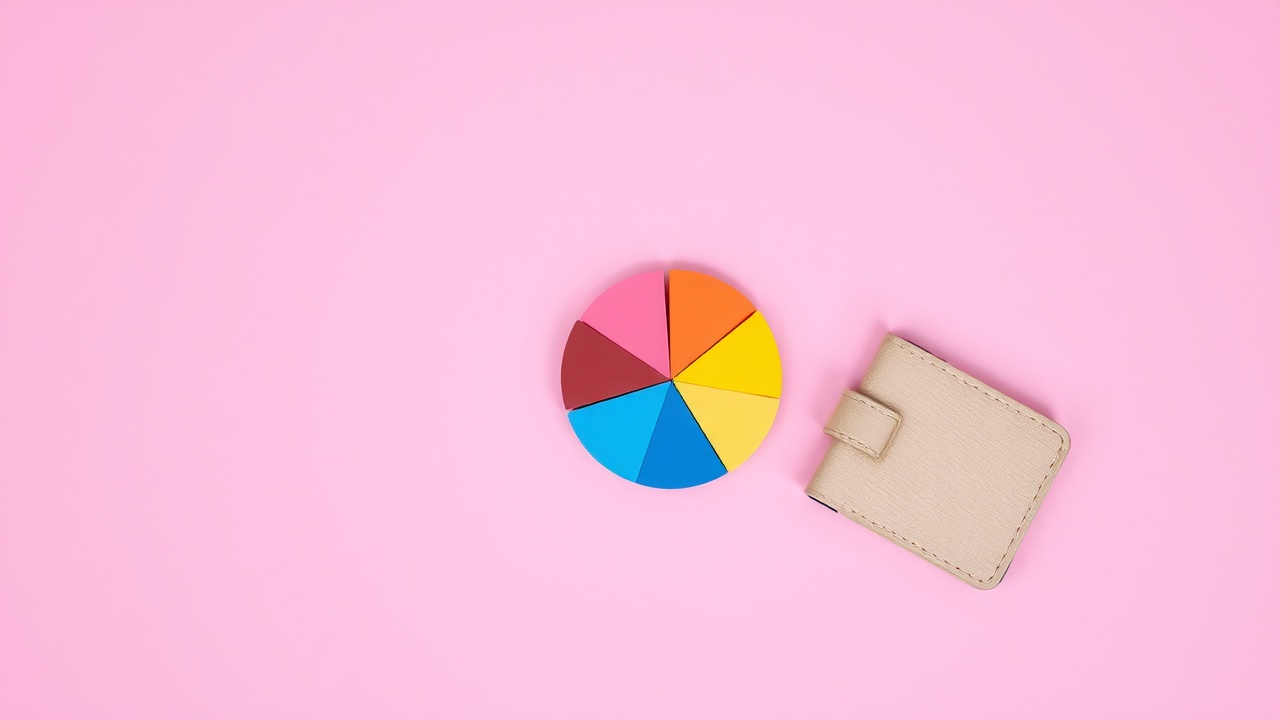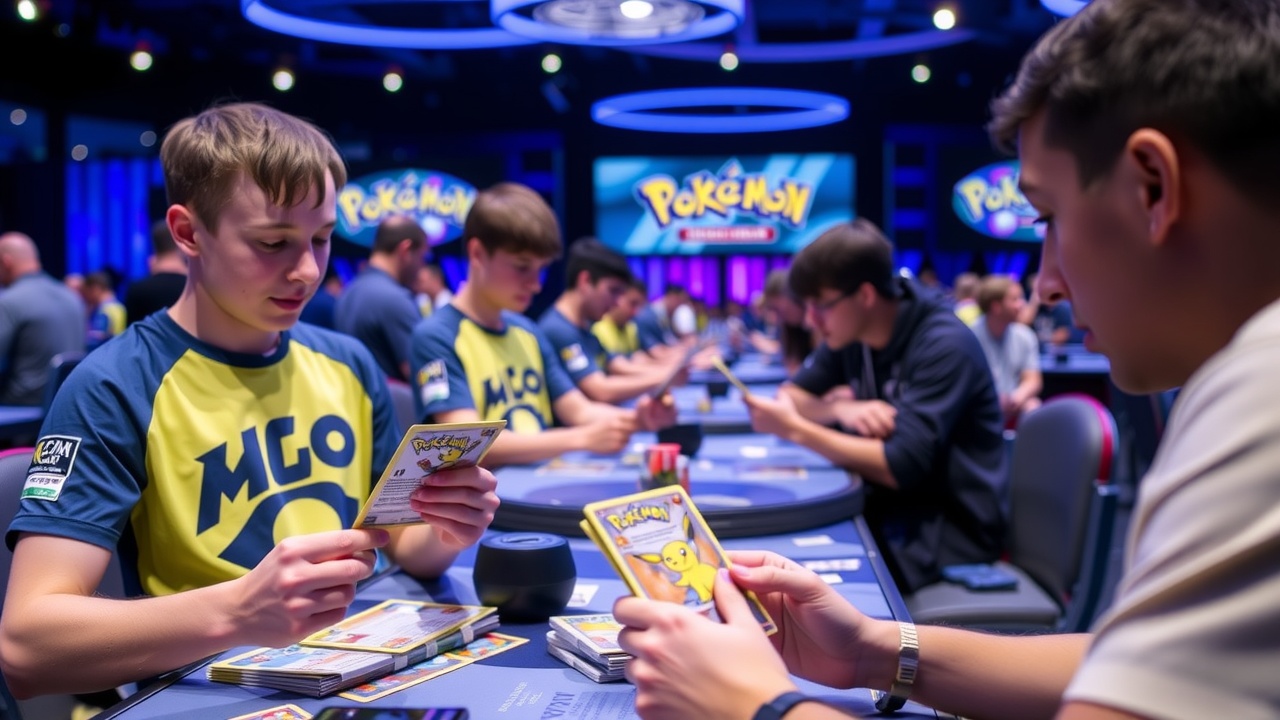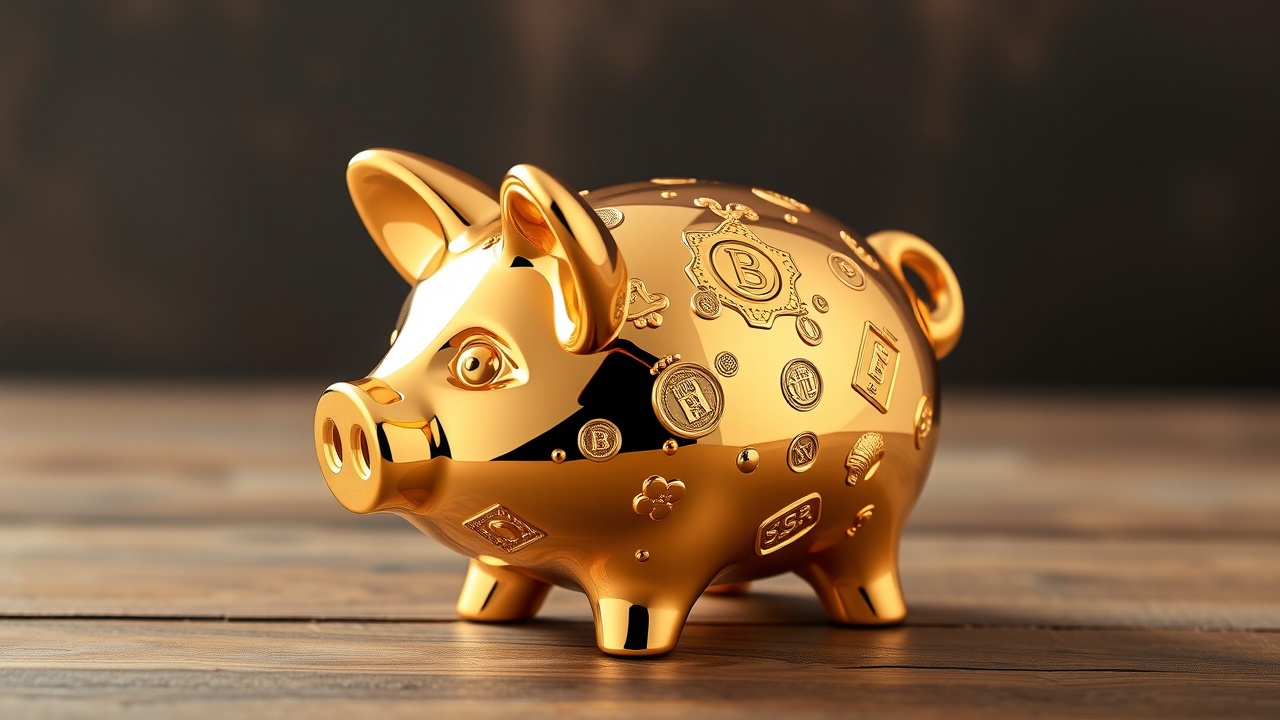
Luxury goods vendors are more protected than many other industries, but they have also been hampered by economic challenges
Is this a good time to get a deal?
People who don't like luxury stocks make similar complaints as people who don't like the clothing that many of them produce. They are too costly and, while stylish one moment, they become outdated the next. However, they are hard for European investors to overlook. Luxury giants are some of the most valuable companies in Europe, and share prices have been negatively impacted by recent difficulties.
The industry has experienced a lot of ups and downs in recent years. When the pandemic hit in 2020, the market for personal luxury goods fell by 22%. After pent-up demand was released and households went shopping with their extra savings, it then recovered by 29% in 2021. The growth rates in the next two years were astounding, at 21% and 10%, respectively. The sector's average organic annual growth rate is 6% annually for comparison.
Flavio Cereda, who oversees the luxury brands strategy at GAM Investment Management, claims that this "insane rate of growth" set the stage for the difficulties the industry is currently facing. According to him, "Price, volume, mix are how you grow." "During those three years (20212023), there wasn't much mix. Price and volume were the primary factors, with some brands engaging in excessive price hikes and, in certain situations, likely excessive volume.
The state of affairs was unsustainable. Because of this, the sector was essentially flat last year, but analysts think it will normalize. Cereda believes that if Trump's tariffs hadn't been in place, it could have grown by 4% to 5% in 2025. Considering the circumstances in the United States, he now anticipates growth of 1% this year, with a return to mid-single-digit growth in 2026. This begs the question: is this a favorable moment for investing?
Tighter purse strings (designer).
These are challenging times for businesses that produce luxury goods. The most recent forecast from the OECD think tank predicts that global growth will slow to 2 percent in 2025 and 2026, the lowest level since the pandemic. Tariffs, more stringent financial regulations, and a decline in consumer and business confidence are all to blame. It is unlikely to encourage customers to visit stores.
As the last to be affected by economic volatility and the first to recover from it, high-net-worth consumers are comparatively resilient. But according to a McKinsey report from 2024, aspirational consumers make up about half of luxury sales. An economic downturn will have a more severe impact on them.
The sector hasn't benefited itself. Luxury brands increased their prices by an average of 36% between 2020 and 2023, according to Bernstein's analysis, which priced some customers out of the market completely. Although there are restrictions on how much some brands can pass on, tariffs will drive costs even higher. According to luxury behemoth LVMH, it could raise prices by 2% to 3% annually without compromising demand, but it would be more challenging for less expensive cosmetics and alcoholic beverages. Businesses' profit margins will be strained if they must bear a portion of the expenses themselves.
Ultra-luxury brands don't seem to care. Investors were recently assured by Hermss CEO Axel Dumas that US consumers would "understand and remain loyal" to price increases. He continued by saying, "Those who find it too costly will eventually benefit from our hotel infrastructure in Paris." Although I'm sorry, I'm not too concerned. Dumas is correct when he says that luxury buyers are highly mobile. Approximately 30% of luxury purchases are made while traveling, according to Jelena Sokolova, a luxury stocks analyst at Morningstar.
Aspiring consumers, however, have fewer options when it comes to this route, and it doesn't change the fact that tariffs are likely to hurt the overall economy. When markets are weak and the economy is having trouble, households are less likely to go shopping, even if they can afford luxury goods.
Issues in China.
While luxury goods may be produced in Europe, their destiny is set in China, where events are also having a negative impact. As per a McKinsey report, 40 percent of the sector's growth between 2019 and 2023 was driven by Chinese sales. For comparison, US sales contributed about 30% of the growth, while European sales contributed about 10%. Among the difficulties facing the Chinese economy are a downturn in the real estate market and a high rate of youth unemployment. Chinese consumers are consequently purchasing less than they used to. Cereda claims that although the region's luxury consumers are extremely wealthy, "the perception of being less wealthy" has been brought about by difficulties in the equity and real estate markets. It is a matter of confidence.
Bloomberg's Shuli Ren claims that Chinese consumers are turning into "patient, rational shoppers" in the face of a challenging economic environment. She draws a comparison between China's transformation and Japan's post-bubble economic collapse in the early 1990s. Customers are adopting a more eclectic approach as high-street alternatives are combined with designer pieces. "How to dress like the Japanese, who look a million bucks but without a lot of money in the bank," Ren says, is what social media influencers are teaching their followers.
Chinese economic difficulties are a problem at the moment, but Cereda does not believe that the problem is structural. He declares, "The money is there,". "If Chinese consumers are apprehensive about the future, the question is whether they will be willing to spend that money. In the long run, he believes that Chinese consumers will remain a major force behind the expansion of luxury.
The impact on sales of luxury goods.
For a number of important industry participants, the slowdown in China has resulted in decreased sales. Think about LVMH. In 2025, sales in Asia (apart from Japan) fell 11% in the first quarter, which led to a 3% drop in overall revenues. Chief Financial Officer Ccile Cabanis stated during an earnings call that the number represented "continued soft demand" in the area. A similar thing can be seen in Kering, the owner of Gucci. In the first quarter, group revenue dropped by 14% as a result of a 25% decline in retail sales in the Asia-Pacific area.
However, not every luxury brand is acting in the same manner. Herms, which is best known for its high-end handbags, saw a 1% increase in sales in Asia outside of Japan during the first quarter. As a result, sales increased by 7% overall across all regions. Despite the fact that both growth rates decreased when compared to prior quarters, the company is still one of the few exceptions in the industry that has demonstrated resiliency.
In the first quarter, Prada's retail sales in the Asia-Pacific area increased by 10%, which helped the total growth in all regions reach 13%. The company's global sales have increased by 60% annually, largely due to Miu Miu. "In China, Miu Miu is crazy. It is extraordinary. Customers continue to shop as a result. They're purchasing a lot of goods. Being a luxury brand is simply more challenging these days. "You must connect," Cereda says.
The Artemis Leading Consumer Brands Fund's co-manager, Natasha Ebtehadj, claims that the current environment is causing a "stark" difference between "leading and lagging" brands. She cites Kering and LVMH as two instances of organizations that are having difficulties. LVMH has put a lot of pressure on pricing, while Kering has struggled with execution. Because aspirational consumers make up a portion of their clientele, price increases are more challenging to implement.
Extremely high-end brands like Herms are doing better, on the other hand. There is a limited supply and a high demand. Ebtehadj claims that "spending trends remain stable" at the top end of the market. Here, what it means to be a true luxury brand is beginning to become clear.
Additionally, Herms' performance has been supported by its strong brand control. Wishing to purchase a recognizable Kelly or Birkin bag? Good luck. Stores no longer have waiting lists that could go on for years. Therefore, the best course of action is to establish a lasting rapport with the Herms store's sales staff. Due to the imbalance between supply and demand, items such as these fetch astronomical prices. According to Sothebys, if you buy straight from Herms, you could spend anywhere from £10,000 for a traditional leather Birkin to over £200,000 for one encrusted with diamonds and crocodiles. If you purchase one at auction, you can get it faster, but you might have to pay even more in cash.
Because Hermss is a premium brand, its customers are prepared to pay high prices for its goods. The business hasn't used this as a justification to raise prices dramatically, though. According to data reported in The Economist, the cost of a Birkin bag has increased by roughly 29% since 2016. In the same time frame, the price of a Chanel quilted bag has exceeded twofold.
Luxury stocks: where to put your money?
A benefit of the latest challenges is that valuations appear more attractive. One such is LVMH (Paris: MC). Right now, it is trading at about 450, which is less than Morningstar's fair-value estimate of 620. The company's slow growth rates in recent years have disappointed the markets, but only when contrasted with the robust growth that followed COVID. "If you consider the quality of the business, it is still the top luxury brand with the largest resources to spend on marketing, real estate, and everything else," Sokolova says. It should eventually weather this crisis fairly well, in my opinion.
Another example is Kering (Paris: KER), Sokolova says. The stock is currently trading below Morningstar's fair-value estimate of 360, at about 180. The market may have gone too far, pricing in an underperformance that is undoubtedly short-lived, but the company has faced difficulties, such as low sales at its flagship brand, Gucci.
Stay with the luxury market's higher end if you want a stock that can withstand uncertainty. Herms (Paris: RMS), which has a price/earnings ratio of 51 times, is pricey, but considering its track record of increasing sales in the face of adversity, it might be worth the investment. According to Ebtehadj, "there is basically more demand than the company can supply, which has led to indisputable pricing power and predictable earnings growth that usually beats expectations in almost any economic environment."
For individuals who would rather leave stock selection to an expert, a luxury fund is a suitable choice. For instance, the GAM Luxury Brands Equity Fund. It is actively run and features exposure to 2535 high-end businesses worldwide. Over the course of one to three years, annualized returns surpass 7%, and over the course of five years, they surpass 9%. For investors who are content to follow the market rather than outperform it, the Amundi SandP Global Luxury UCITS ETF is a passive option. It has reduced fees of 025%.














Leave a comment on: Invest in luxury stocks while they're still in style to get bargain bling